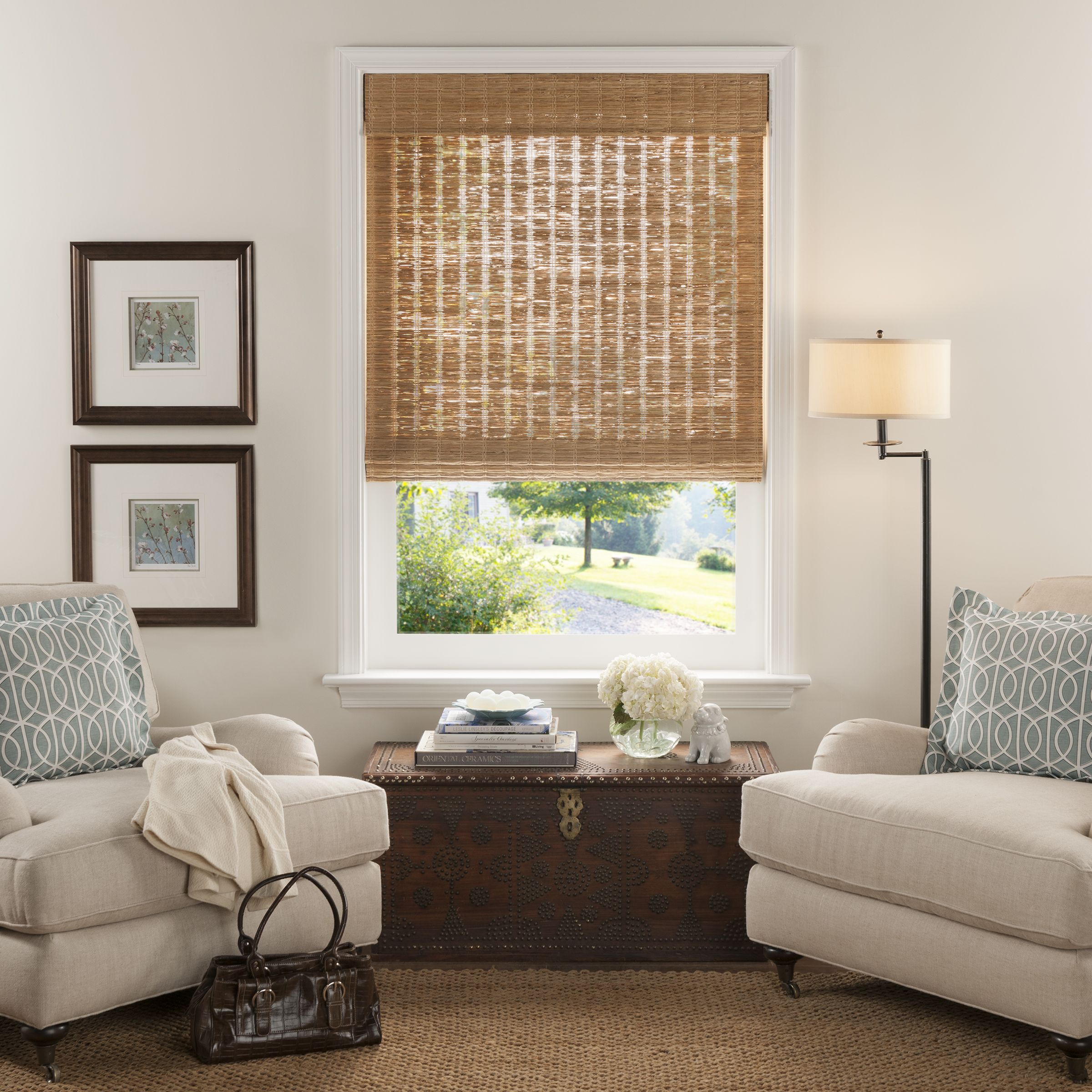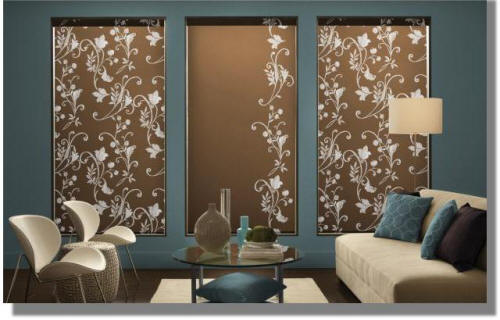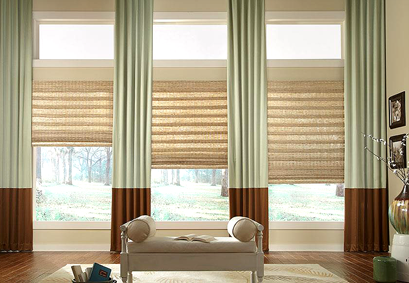Decorative shades for windows are more than just functional pieces; they are an essential element of interior design that can dramatically alter the ambiance of a room. If you’re looking to enhance your home decor while maintaining privacy and light control, you’ve landed in the right place! In this article, I’ll draw from personal experiences and expert insights to guide you through the various styles, materials, installation processes, and benefits of decorative window shades.
Understanding Decorative Shades
What Are Decorative Shades?
Decorative shades combine functionality and aesthetics. They serve as both window coverings and decorative elements that complete the look of your room. Available in a variety of styles, colors, and materials, these shades can add texture, warmth, and personality to your space.
The Importance of Window Treatments
Beyond their decorative value, window treatments like shades play a crucial role in regulating light, temperature, and privacy. Choosing the right shades can help you create a cozy atmosphere while ensuring your space remains energy-efficient.
Types of Decorative Shades

1. Roller Shades
Roller shades are a popular choice for modern interiors. They roll up neatly to the top of the window and can be made from light-filtering fabric or blackout materials.
Pros and Cons
| Pros | Cons |
|---|---|
| Sleek and simple design | Limited texture options |
| Easy to use | May not suit traditional decor |

2. Roman Shades
Roman shades offer a classic elegance with their soft, pleated design. They can be found in various fabrics, making them a versatile option for any decor style.
Pros and Cons
| Pros | Cons |
|---|---|
| Luxurious look | Can be difficult to clean |
| Good insulation properties | More expensive than other options |

3. Cellular Shades
Cellular shades, also known as honeycomb shades, are designed to trap air in their cells, providing excellent insulation. They come in a variety of colors and can be customized to fit any window size.
Pros and Cons
| Pros | Cons |
|---|---|
| Energy-efficient | Can be bulky |
| Variety of opacity options | Installation can be tricky |

4. Sheer Shades
Sheer shades combine the light-filtering qualities of sheer curtains with the functionality of traditional shades. They allow natural light to flow while providing privacy.
Pros and Cons
| Pros | Cons |
|---|---|
| Softens harsh sunlight | Limited privacy at night |
| Easy to match with decor | May fade in direct sunlight |

5. Pleated Shades
Pleated shades are similar to cellular shades but lack the insulating features. They come in various fabrics and colors, making them a budget-friendly option for a decorative touch.
Pros and Cons
| Pros | Cons |
|---|---|
| Inexpensive | Less energy-efficient |
| Easy to operate | Limited fabric options |

Choosing the Right Decorative Shades for Your Home
Consider Your Style
Your decor style plays a significant role in the type of shades you choose. Whether your home is modern, traditional, bohemian, or minimalist, there are shades that can enhance your interior design. For instance, if you have a contemporary decor style, sleek roller shades in a neutral color can complement your space.
Light Control and Privacy Needs
Think about how much light and privacy you want in each room. Rooms that require complete darkness, like bedrooms, may benefit from blackout roller shades or Roman shades, while living rooms may look beautiful with sheer or light-filtering shades.
Budget Considerations
Your budget will greatly influence your choices. While high-end custom shades can elevate your decor, there are plenty of affordable options that look chic and fulfill their functional purposes effectively.
Installation Process for Decorative Shades
DIY vs. Professional Installation
Deciding whether to install your shades yourself or hire a professional can be daunting. I’ve had my share of DIY wins and fails! For those who are handy with tools, installing shades can be straightforward. However, for intricate designs or large windows, a professional installation may save you time and frustration.
Tools and Materials Needed
If you opt for DIY, you’ll need a few essential tools:
- Measuring tape
- Drill or screwdriver
- Level
- Pencil for marking
Steps to Install Shades
- Measure your window accurately.
- Mark the drilling points on the wall or window frame.
- Install brackets according to the manufacturer’s instructions.
- Attach the shades to the brackets and ensure they operate smoothly.
Decorative Shades Maintenance and Care
Cleaning Tips for Different Fabrics
Maintaining your decorative shades is crucial for prolonging their life. Here are some quick cleaning tips:
- Fabric Shades: Use a vacuum with a brush attachment for regular dusting. For stains, spot-clean with a damp cloth.
- Vinyl Shades: Wipe down with a damp cloth and mild detergent.
- Wooden Shades: Use a dry cloth to dust, and apply a wood polish periodically for shine.
Seasonal Checks
Every season, check for wear and tear, ensuring all mechanisms operate correctly. This is especially important before summer and winter when you might rely heavily on your shades for heating and cooling.
Popular Decorative Shade Trends
Eco-Friendly Shades
More homeowners are opting for eco-friendly materials. Bamboo shades are a beautiful natural option that not only looks great but is also sustainable.
Smart Shades
With the rise of smart home technology, motorized shades are becoming increasingly popular. They offer convenience and can be controlled via smartphone or home automation systems. Imagine adjusting your shades without leaving your couch!
Layering Shades
Another trend is layering different types of shades. For example, pairing sheer shades with blackout roller shades allows flexibility in light control while adding depth to your decor.
Comparison Table of Decorative Shade Types
| Type | Style | Light Control | Insulation | Price Range |
|---|---|---|---|---|
| Roller Shades | Modern | Good | Fair | $$ |
| Roman Shades | Classic | Excellent | Good | $$$ |
| Cellular Shades | Contemporary | Excellent | Excellent | $$$ |
| Sheer Shades | Soft | Good | Poor | $$ |
| Pleated Shades | Budget-friendly | Good | Poor | $ |
FAQs About Decorative Shades for Windows
What are the best decorative shades for privacy?
For maximum privacy, consider blackout roller shades or Roman shades made from thick fabric. Cellular shades also work well due to their layered design, which can obscure visibility.
How do I clean my decorative shades?
Cleaning methods vary by material. For fabric shades, vacuum regularly and spot-clean with mild detergent. Vinyl shades can be wiped with a damp cloth, while wooden shades require a dry dusting followed by occasional wood polish.
Are decorative shades energy-efficient?
Yes! Cellular shades are particularly known for their energy efficiency, as they trap air in their cells, helping to insulate your home and reduce heating and cooling costs.
Can I install decorative shades myself?
Absolutely! Many types of shades come with installation kits and instructions. However, if you’re not comfortable with DIY projects, hiring a professional is a great option.
How do I choose the right color for my decorative shades?
Consider the overall color scheme of your room. Lighter shades can make a room feel larger, while darker shades can add warmth. It’s also wise to think about how the color will pair with your existing furniture and decor.
Conclusion
Decorative shades are an excellent investment for enhancing your home’s style while providing essential functions like light control and privacy. By understanding the different types, installation processes, and maintenance needs, you can make informed choices that reflect your personal style and improve your living space. Whether you’re opting for sleek roller shades or elegant Roman shades, the right window treatments can truly transform a room.
Remember, the world of decorative shades is vast and diverse, so take your time exploring options until you find the perfect fit for your home. Happy decorating!